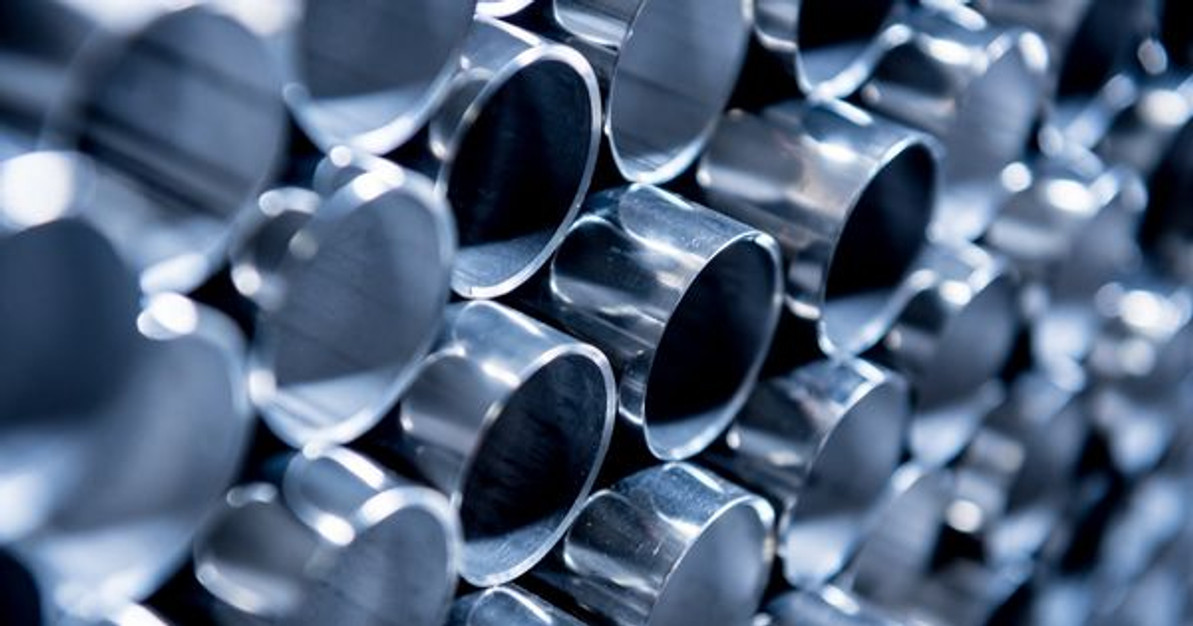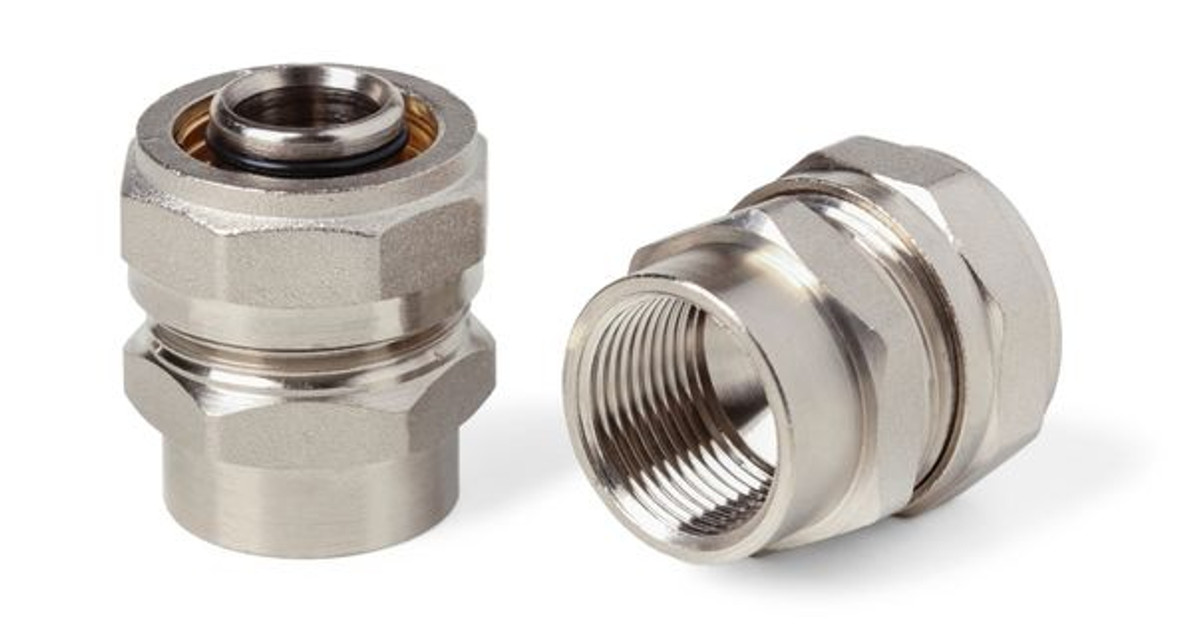 Feb 9th 2017
Feb 9th 2017 Choosing Sanitary Valves In Light of Lead-Free Water Regulations
There are a few things without which human beings simply can’t survive on this planet.
Oxygen is one of them, and water is the other.
Sure, we need food too, but a few minutes without oxygen or a few days without water, and even the fittest human being is going to meet an untimely demise.
Human beings are nearly 70 percent water, not to mention that we need it to grow food, clean ourselves, and produce all of the other luxuries we take for granted, like fuel and clothing. That’s why many governments around the world are taking steps to protect their drinking water from contamination. This involves regulation to prevent pollution at the source, as well as laws that govern the use of things that come in contact with our drinking water, like pipes and stainless steel sanitary valves.
UNDERSTANDING THE U.S. FEDERAL REDUCTION OF LEAD IN DRINKING WATER ACT
The U.S. Federal Reduction of Lead in Drinking Water Act was enacted on January 4, 2011, to amend Section 1417 of the Safe Drinking Water Act. It took effect on January 4, 2014. Here’s an excerpt summarizing the law from The Office of Water of the U.S. Environmental Protection Agency (EPA):
“Effective January 4, 2014, lead free means: (A) not containing more than 0.2 percent lead when used with respect to solder and flux; and (B) not more than a weighted average of 0.25 percent lead when used with respect to the wetted surfaces of pipes, pipe fittings, plumbing fittings, and fixtures.”
WHAT PLUMBERS AND CONTRACTORS NEED TO KNOW
So what does this law mean for plumbers, contractors, and companies that manufacture direct contact components like stainless steel sanitary valves?
Well for one thing, it means you’re going to have to be good at doing some fairly complicated math. It also means that unless you want to do this complicated math for every production run or every construction job, it’s time to seek out a supplier of completely lead-free components.
CHOOSING THE RIGHT SANITARY VALVES TO REMAIN COMPLIANT
The easiest way to remain on the right side of the U.S. Federal Reduction of Lead in Drinking Water Act is to shift your business away from brass and other metal components that have even small amounts of lead.
Composite, plastic, lead-free brass, and stainless steel are some of the most popular options. “Stainless steel offers compliance in a robust metal body. Valves made in this material offer the industry’s broadest choice of characteristics in categories such as pipe size, pressure or temperature ratings, and flow coefficient (Cv). These models are usually easily interchangeable with legacy brass valves. And figuring in their lead-free content may help qualify an entire product,” reports an ASCO white paper on the topic.
If you’re still in the process of making the shift away from brass and other lead-bearing products, Chemseal is here to be your partner in success. We specialize in stainless steel sanitary valves, clamps, bevel seats, tubing, and other accessories that you can always count on to be completely lead-free.
Shop our full online store and place your order for lead-free supplies today!
 Feb 9th 2017
Feb 9th 2017 Recent Posts
-
Nov 7th 2022
What Is Food-Grade Stainless Steel Tubing?
Businesses that produce food and beverage products must operate hygienically. Sterile environments a …Nov 7th 2022
-
Oct 11th 2022
Why Sanitary Fittings Are Important for the Medical Industry
Sanitary fittings are useful for many industries. Food and beverage manufacturers have used these to …Oct 11th 2022
-
Sep 23rd 2022
What Is the Max Operating Temperature for Stainless Steel?
Stainless steel is valued in many industrial applications because it’s capable of withstanding high …Sep 23rd 2022



